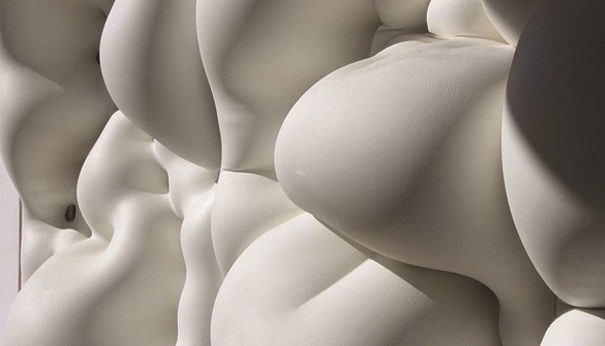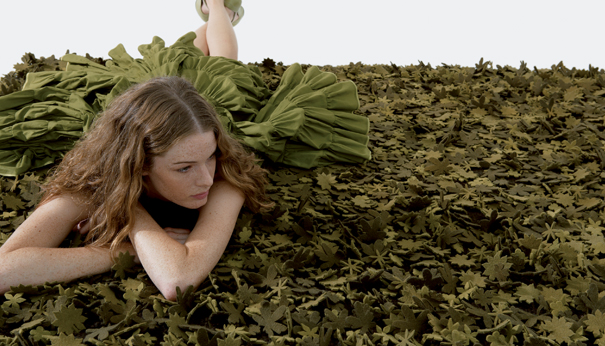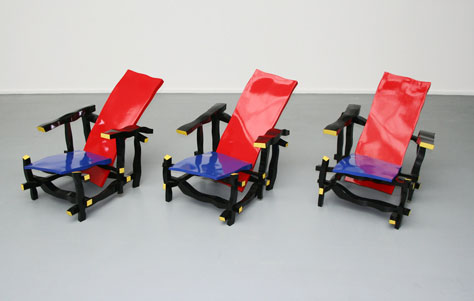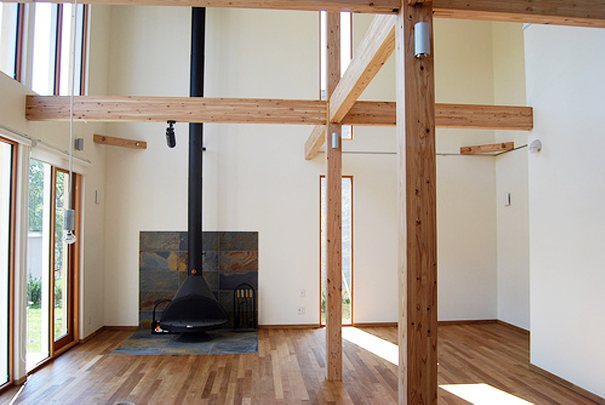“Sensate: Bodies and Design” at the San Francisco MOMA
While we’ve certainly touched on the very broad topic of “bodies and design” in the past, nothing we’ve published before will prepare you for the head-long, no-holds-barred exploration into the manifold ways our manufactured environment reflects our physiognomy— exhibiting through November 8 at the San Francisco MOMA as “SENSATE: Bodies and Design.” And that’s not to say we haven’t seen a few gems that delve into this laden territory.
Whether as a purely ergonomic solution (Okamura’s Leopard); a self-consciously reflexive art-piece (Him/Her Chair); or a sensual exploration into what bodies at rest require (Egg Bed), 3rings has seen its share of the body in design. “Sensate” would seem to be on the speculative/intellectual/artsy side of this equation: “mutant bodies, fictional bodies, animate architecture: these are among the provocations offered by an exhibition that reflects recent debates about what bodies are and how they are met and mirrored by design.” The commissioned installations include Andrew Kudless’ “P_Wall,” a 45 foot long, over-lit expanse of pillowy plaster tiles made to resemble corpulent human flesh; and Alex Schweder’s “A Sac of Rooms All Day Long,” a pair of perpetually inflating (the whole process takes about a day) vinyl “balloons” or house facsimiles, one inside the other and thus “twisting, writhing, and heaving in agonistic struggle.”
Bone Cigarette Table. Designed by John Dickinson, 1977.

P_Wall. Designed by Andrew Kudless.

P_Wall. Designed by Andrew Kudless.

P_Wall. Designed by Andrew Kudless.
Other pieces include Oscar Niemeyer’s “Vertebrate Chair,” a suede and aluminum classic from 1970 with a structural and aesthetic debt to the bipedal spine; and John Dickinson’s “Bone Furniture,” featuring tables, chairs, and lamps that look to have been fabricated from human bone. Other works tend towards self-conscious provocation: there’s Aziz + Cucher’s “Interiors,” a series of photos of rooms/architectural elements that appear to have been dressed in caucasian skin; and Greg Lynn’s “Embryologic House,” which explores how computer algorithms might employ embryonic growth as a model for architectural innovation.
Admittedly, all of this is a bit removed from the usual fodder here at 3rings, but often we need a kick from the imaginative/intellectual side to jolt us toward the oft-yearned synergy of the aesthetic and the functional. Sensate seems to suggest that this junction is always right at hand: in the articulation of our joints, the elasticity of our skin, the grey matter between our ears… in our very bones.
via The Moment




Leave a Reply